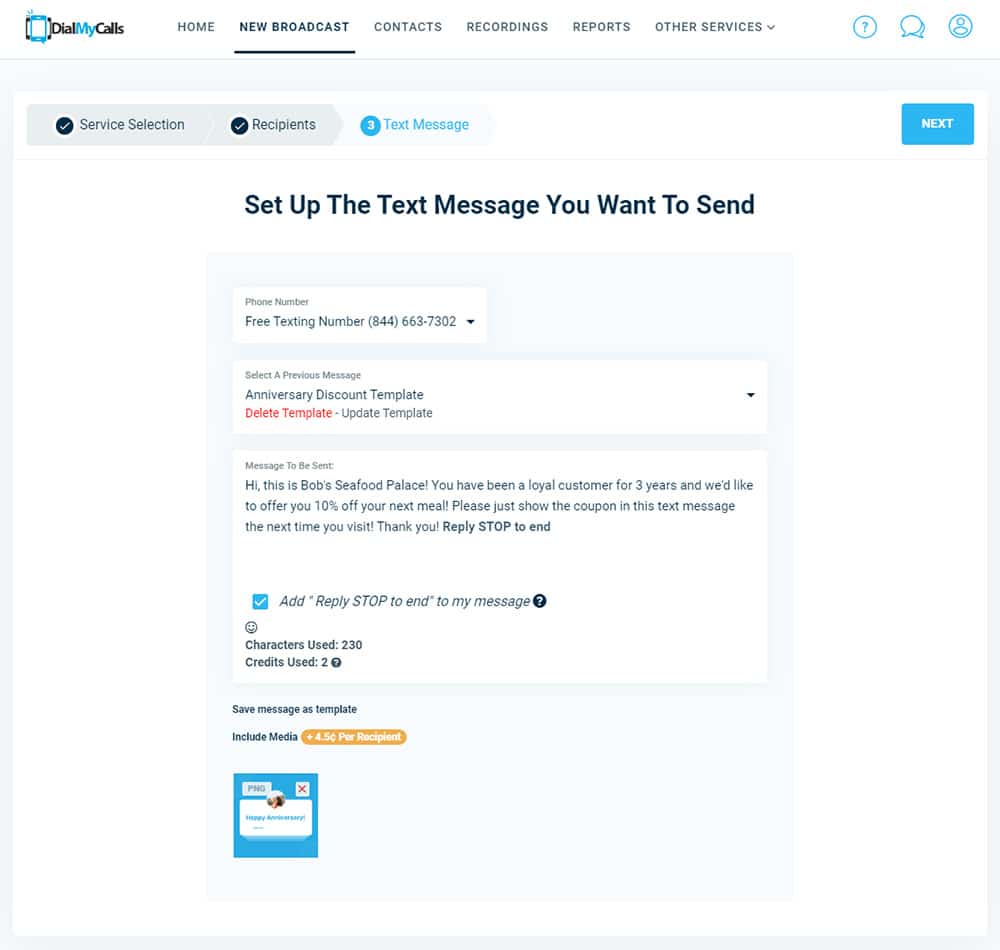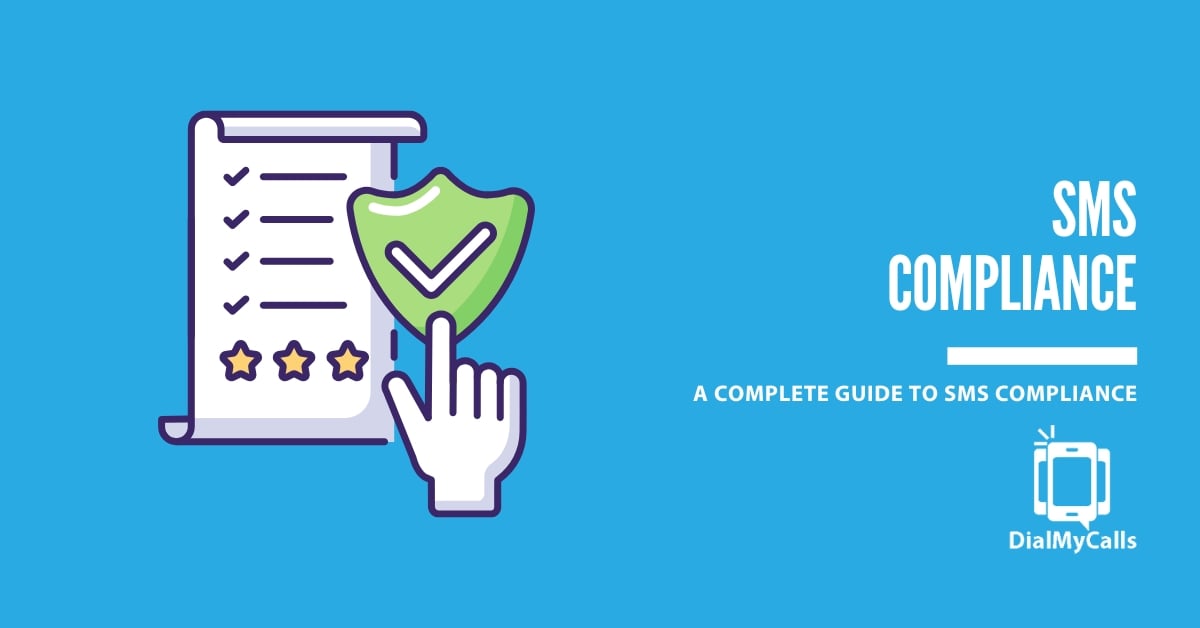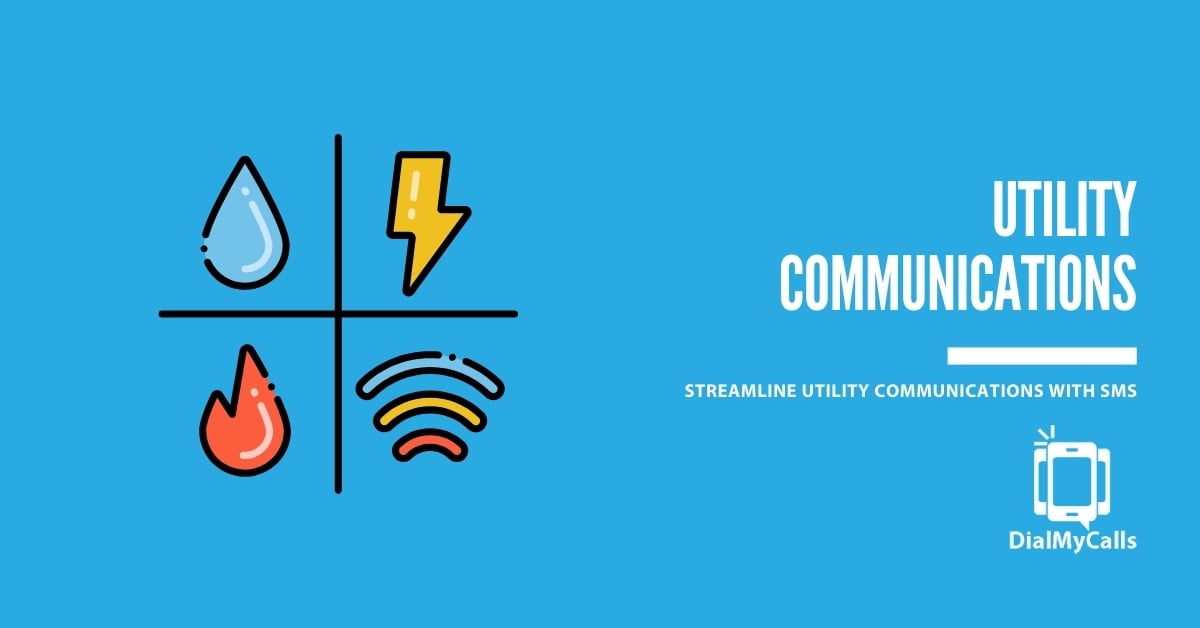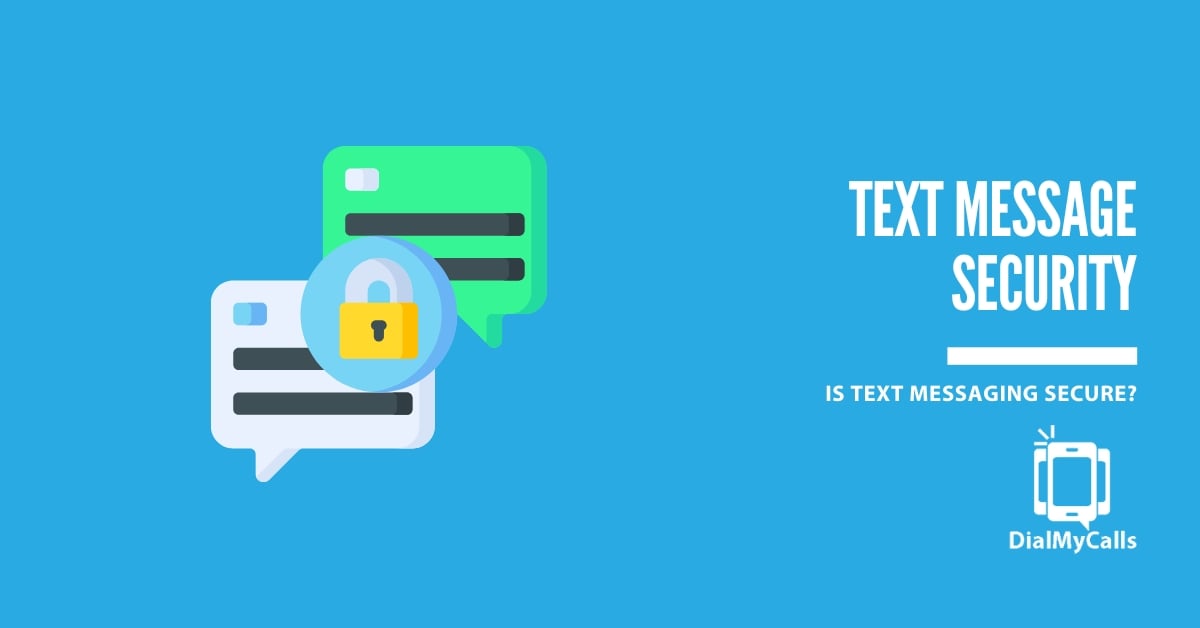Author
Tim Smith is the Media Manager at DialMyCalls, where he has leveraged his expertise in telecommunications, SaaS, SEO optimization, technical writing, and mass communication systems since 2011. Tim is a seasoned professional with over 12 years at DialMyCalls and 15+ years of online writing experience.
Try Using DialMyCalls Right Now
Start For FreeRecent Posts
- 8 Creative SMS Marketing Ideas to Boost Engagement This Summer
- 15 Ways to Use QR Codes For Event Promotion & Attendee Engagement
- Top 6 Automated Calling Service Providers For Your Business
- Boost Customer Experience with QR Codes: From Menus to Payments
- Everything You Should Know About Ringless Voicemail
Categories
“I am a youth minister and have spent hours in the past calling students individually to remind them of an upcoming event or to get out an urgent announcement. With DialMyCalls.com, I cut that time down to about 1 minute. I also love how I can see exactly who answered live and how long they listened so I know if they heard the whole message. DialMyCalls.com is the best website I have stumbled upon all year! Thanks!”
Central Baptist Church
Try Using DialMyCalls Right Now
Start For FreeSMS vs MMS Messaging – What’s the Difference?
Posted by Tim Smith in General Post on June 20, 2022
Updated on September 9, 2024
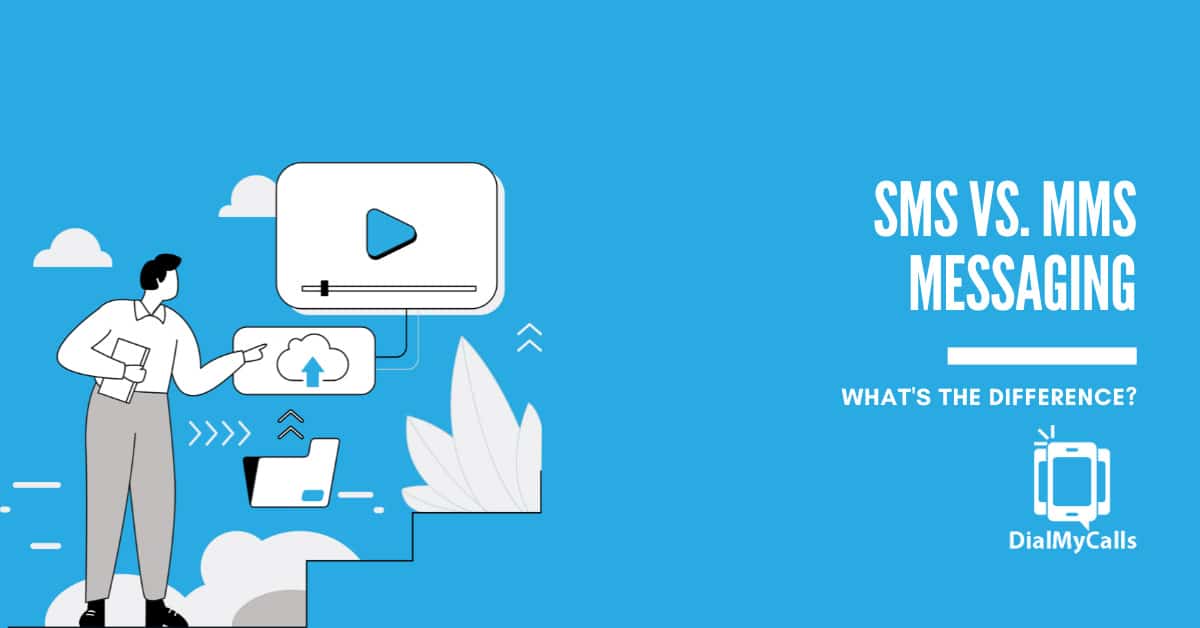
SMS vs MMS Messages: a Brief Overview
SMS and MMS messages have several qualities that differentiate them from one another, and we’ll dig into them below as we move along. But the first thing you should know, essentially, is that SMS is used to refer to text messages, and MMS to messages with a picture or video included. The key differences at a glance include the following:SMS
- Stands for: Short messaging service
- Supported content: Text and links only
- Compatibility: Compatible with all devices
- Images: Appear as links
- Maximum length: 160 characters
- Stands for: Multimedia messaging service
- Supported content: Rich media (images, video, GIFs) *DialMyCalls currently supports photos, not videos.
- Compatibility: Not compatible with analog cell phones
- Images: Show up directly
- Maximum length: 1600 characters
What Does SMS Stand For?
If you’re wondering, “What does SMS mean?”, the answer is that SMS simply means Short Message Service. That’s just because these kinds of messages are limited to 160 characters of plain text. Your average brief text message is most likely going to be an SMS.
What Does MMS Stand For?
MMS stands for Multimedia Messaging Service. It allows support for several kinds of multimedia content, and has the capacity for longer text messages than SMS does. So anytime you receive a photo message, GIF, or video, you can thank MMS.
What is SMS Messaging?

What is MMS Messaging?

What is the Difference Between SMS vs MMS?
Now that you know the top-level distinctions between SMS vs MMS messages, there’s some details you should understand as well. Because of the differences in format between the two kinds of messaging, that leads to differences in content, pricing, and overall accessibility.
SMS vs MMS: Pricing
Generally speaking, an SMS message is always cheaper to send than an MMS message. While the details of this will depend upon your carrier or provider, it always costs more to send the additional data that MMS requires.
SMS vs MMS: Message Length
Again, SMS has a 160 character limit, so they’re excellent for sending messages that are short and sweet. MMS allows for 1600 characters – the equivalent of 30 seconds of audio or video, or 500 KB of data. The pricing on this will vary accordingly. For instance, if your plan allows you to send 1,000 text messages per month, and your contact list includes 200 people, sending an SMS message to your whole list will simply use 200 out of 1,000 messages. On the other hand, if you sent an MMS message to that list, you’d end up using 400 to 600 messages. Again, this will vary based on your messaging plan, but the capacity is just very different between the two kinds of messages.
SMS vs MMS: Attachments & Media
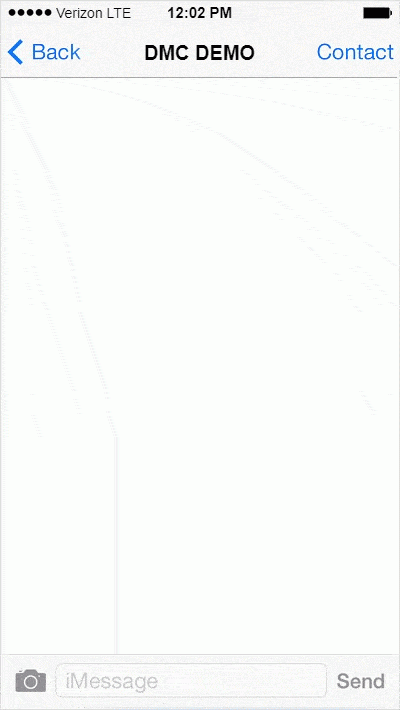 As soon as you add any attachments or media to a text message, it’s converted from an SMS message to an MMS message. This applies to video, graphics, photos, and even emojis. Because of the space that these attachments take up, and the data they end up using, they’re a large part of what account for the differences in pricing between the two kinds of messaging. In addition to the difference in pricing, as noted in the table at the beginning of this article, there’s a difference in compatibility that’s more pointed when you start including multimedia. It’s really important to remember that, even though so many people have smart devices now, MMS messaging still is not compatible with all cell phones and devices. Understanding your target audience will help you decide whether or not it’s worth the extra cost and effort to use MMS messaging for your clients and campaigns. Because MMS messaging uses what’s called a TCP/IP delivery method, if you try to send these kinds of messages to phones that don’t support Internet protocols, they won’t get through. SMS messaging is capable of reaching all devices, however, so if casting a wider net is more important to you, you might consider foregoing media attachments and keeping things simple.
As soon as you add any attachments or media to a text message, it’s converted from an SMS message to an MMS message. This applies to video, graphics, photos, and even emojis. Because of the space that these attachments take up, and the data they end up using, they’re a large part of what account for the differences in pricing between the two kinds of messaging. In addition to the difference in pricing, as noted in the table at the beginning of this article, there’s a difference in compatibility that’s more pointed when you start including multimedia. It’s really important to remember that, even though so many people have smart devices now, MMS messaging still is not compatible with all cell phones and devices. Understanding your target audience will help you decide whether or not it’s worth the extra cost and effort to use MMS messaging for your clients and campaigns. Because MMS messaging uses what’s called a TCP/IP delivery method, if you try to send these kinds of messages to phones that don’t support Internet protocols, they won’t get through. SMS messaging is capable of reaching all devices, however, so if casting a wider net is more important to you, you might consider foregoing media attachments and keeping things simple.
When to Use SMS vs MMS Messaging
Deciding whether to use SMS vs MMS messaging depends upon what you want people to receive, as well as why you’re sending a message in the first place. When it comes to sending text campaigns for your business, for example, sending an MMS when an SMS would be more appropriate can confuse people and fail to get you the engagement you really want. If you want to communicate something quickly and concisely, and get your audience to follow a link, you probably want to go with SMS. 
When to Use SMS Messages
Remember, SMS messaging is great for sending brief and straightforward messages. If the message you need to send is more urgent, or if it only requires a sentence or two, you’ll want to choose SMS messaging. That’s because any cell phone can receive an SMS, and because they have such a high open rate. So when it comes to time-sensitive alerts, order confirmations, appointment reminders, or scheduling adjustments, an SMS will be the best option. SMS messaging is also perfect for text-to-join campaigns, especially if you expect a large number of sign-ups or subscriptions. That way you can maximize the amount of people you connect with while keeping costs down.
When to Use MMS Messages
If you want to send out a messaging campaign that’s flashier or more complicated, MMS is what you want to choose. Since it allows you to add more attention-grabbing media elements, such as graphics, video, and GIFs, this is a great way to amp up your engagement. Not only does MMS allow you to add branded elements such as a logo, it can also give you the chance to customize the look of your messaging so it’s more reflective of your business. MMS is also a great option for when you want to send mobile coupons, invite subscribers to events, or run contests. It’s also an excellent way to share videos or audio clips that would appeal to your contacts. Basically, anytime you want to step things up and get creative, MMS messaging is what you want to use.
How Do I Switch Between SMS and MMS?
Because of how different SMS and MMS are from one another, and their distinctive uses you’re likely going to have some situations where you want to be able to switch between the two. So what happens, for example, when you start your message as an SMS and realize as you draft it that you need the capabilities that MMS provides?
The way you make this change typically depends on what kind of phone you have or what kind of messaging app you’re using. But generally, for both Android and Apple smartphones, you can make this change within the text conversation by either tapping on one of its messages or its timestamps. The option to “Switch to text” should arise, and you can just tap it to make the change final. That said, when it comes to texting for your business, using a messaging service that can give you the option for both SMS and MMS – as well as the means to shift between the two easily – is what’s really going to benefit you. It’s much more flexible, and allows for a great deal more communication and creativity. When it comes to a program that allows you to do this, DialMyCalls is a great place to start.
SMS vs MMS: Make the Most of Both Kinds of Messaging with DialMyCalls
When you’re trying to figure out which tools to use to amp up engagement with your business, DialMyCalls is a great place to look. We provide both MMS and SMS messaging services and make it easy to get in touch with multiple contacts at the same time. DialMyCalls allows you to organize and connect with all of your contacts so you can improve retention, provide support, and save time overall by running your business more smoothly. Contact us today to learn more about how DialMyCalls can help you make the most of your messaging practices.
